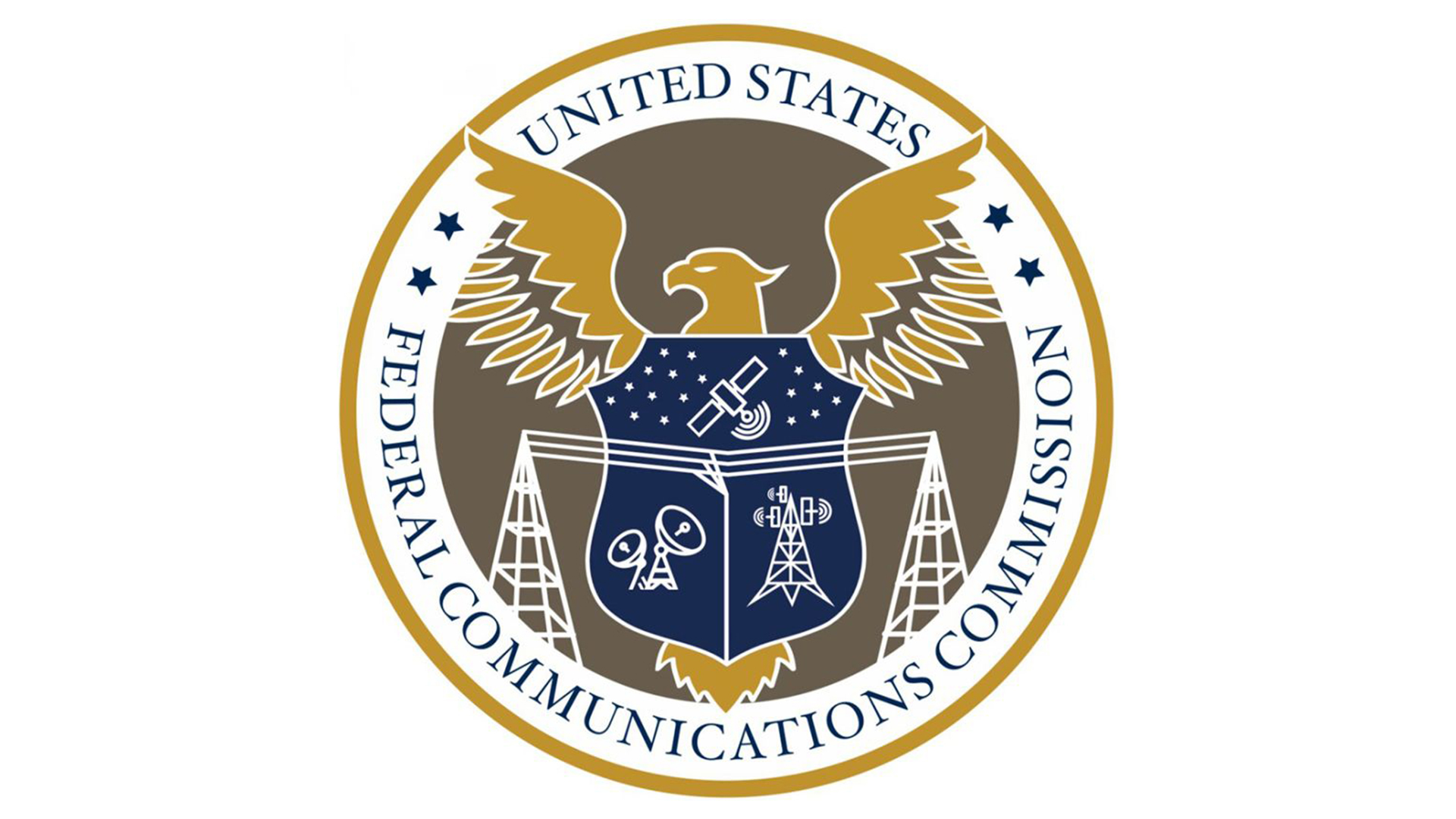FCC Emergency Broadband Subsidy Program Launches May 12
Agency says it will provide updates on distribution of $3.2 billion

The Federal Communications Commission on Wednesday (May 12) will launch its $3.2 billion Emergency Broadband Benefit (EBB) program, saying it expected the money to last a number of months, and signaling that the quicker the money runs out, the more successful it will have been.
Congress provided the funds and some of the mandatory framework, including that participating broadband providers — there are more than 825, according to the FCC — cannot exclude eligible households even if they have past or current delinquent payments.
Households already getting discounted broadband through various broadband operator programs will be automatically eligible for the EBB subsidy, but cannot be automatically enrolled by the broadband provider.
Also Read: FCC Unveils First Round of Emergency Broadband Benefit Participants
In fact, the FCC's Enforcement Bureau put out an advisory Tuesday (May 11) to that effect, "reminding" broadband providers that existing Lifeline subsidy customers "give their informed affirmative consent to participate in the EBB Program and are able to choose not to apply their emergency broadband benefit with their Lifeline provider without jeopardizing their existing Lifeline service."
The Lifeline subsidy is the existing Universal Service Fund subsidy for advanced telecommunications services for low-income residents.
The advisory also warns against marketing practices that could confuse consumers about the EBB program, including suggesting that signing up for EBB is required for getting Lifeline service or tying enrollment to obtaining other customer information.
Multichannel Newsletter
The smarter way to stay on top of the multichannel video marketplace. Sign up below.
Asked why that advisory was issued, an FCC official said it was to clarify some of the obligations and responsibilities of providers to make sure they were operating on a level playing field in terms of disclosures they were making to households.
The EBB is as much as $50 per household — $75 on tribal lands — and a one-time device subsidy of up to $100 for laptops or desktops, as long as the household chips in at least $10 toward the device cost.
The FCC plans to make public information from the Universal Service Administrative Co., which is overseeing the process, on how many households are taking advantage of the program and how much money is going out the door, according to an agency official speaking on background. The official had no estimate on how long the program would last, given that it has yet to start. Its length will depend on how many people avail themselves of it, the official said, adding that a shorter program means essentially a more successful program.
In addition to the Lifeline subscribers who are automatically eligible for EBB, there are at least 30 million children receiving free or reduced lunches, which qualifies their household for the emergency benefit. Households getting Pell Grants — another 6.5 to 7 million homes — are also eligible. There is, of course, some overlap among those categories, but it provides some idea of how many households could be applying for the money.
The FCC is also handing out more than $7 billion in a remote learning connectivity fund, but there is language in the legislation that created the EBB to prevent double-dipping, said one official. There could, however, be a case in which a household receiving the broadband benefit has a child receiving a device subsidy for schoolwork through the connectivity fund.
The connectivity fund device subsidy can go to a laptop or tablet, but can't go to a desktop or smartphone.
Contributing editor John Eggerton has been an editor and/or writer on media regulation, legislation and policy for over four decades, including covering the FCC, FTC, Congress, the major media trade associations, and the federal courts. In addition to Multichannel News and Broadcasting + Cable, his work has appeared in Radio World, TV Technology, TV Fax, This Week in Consumer Electronics, Variety and the Encyclopedia Britannica.

